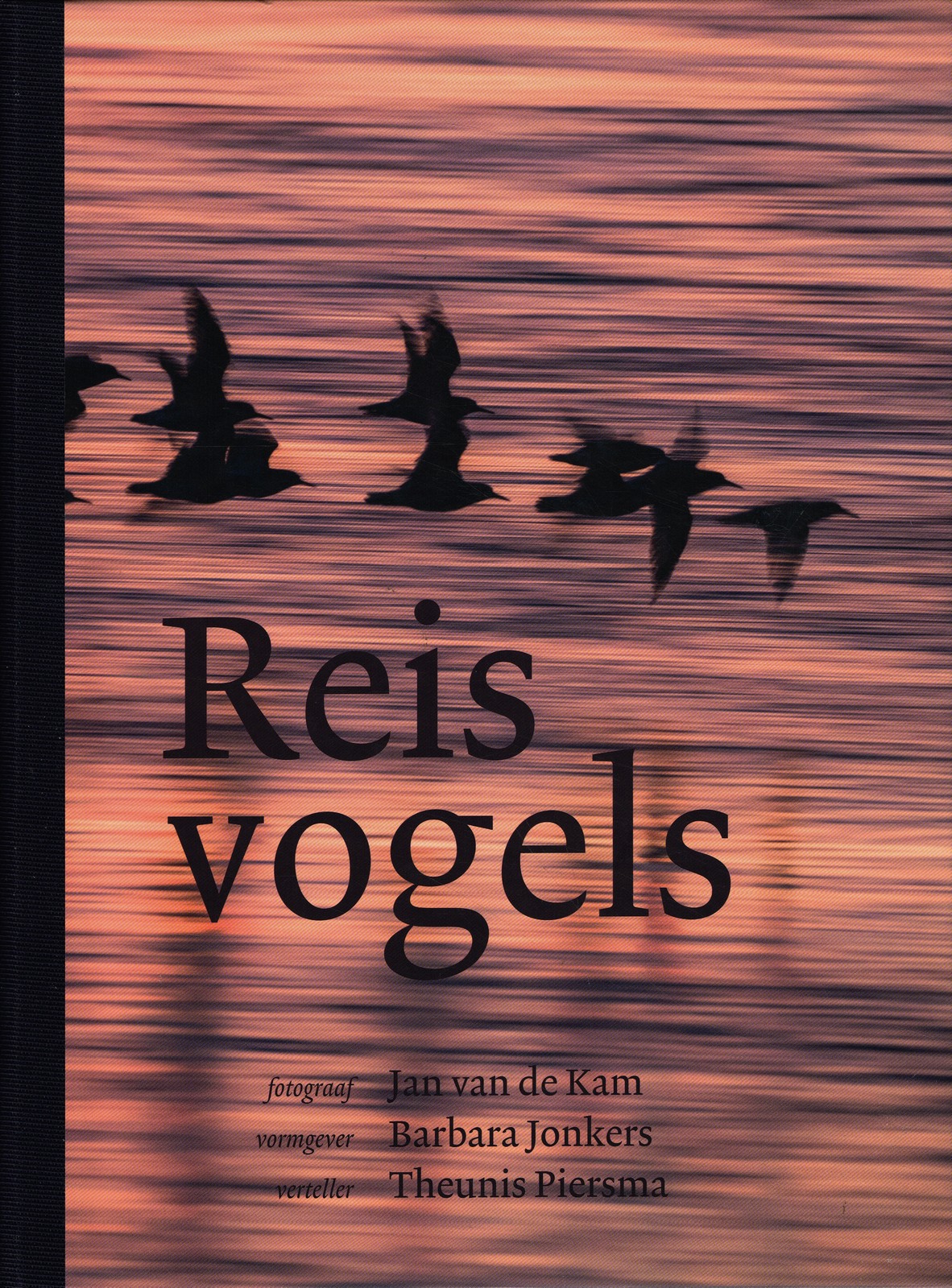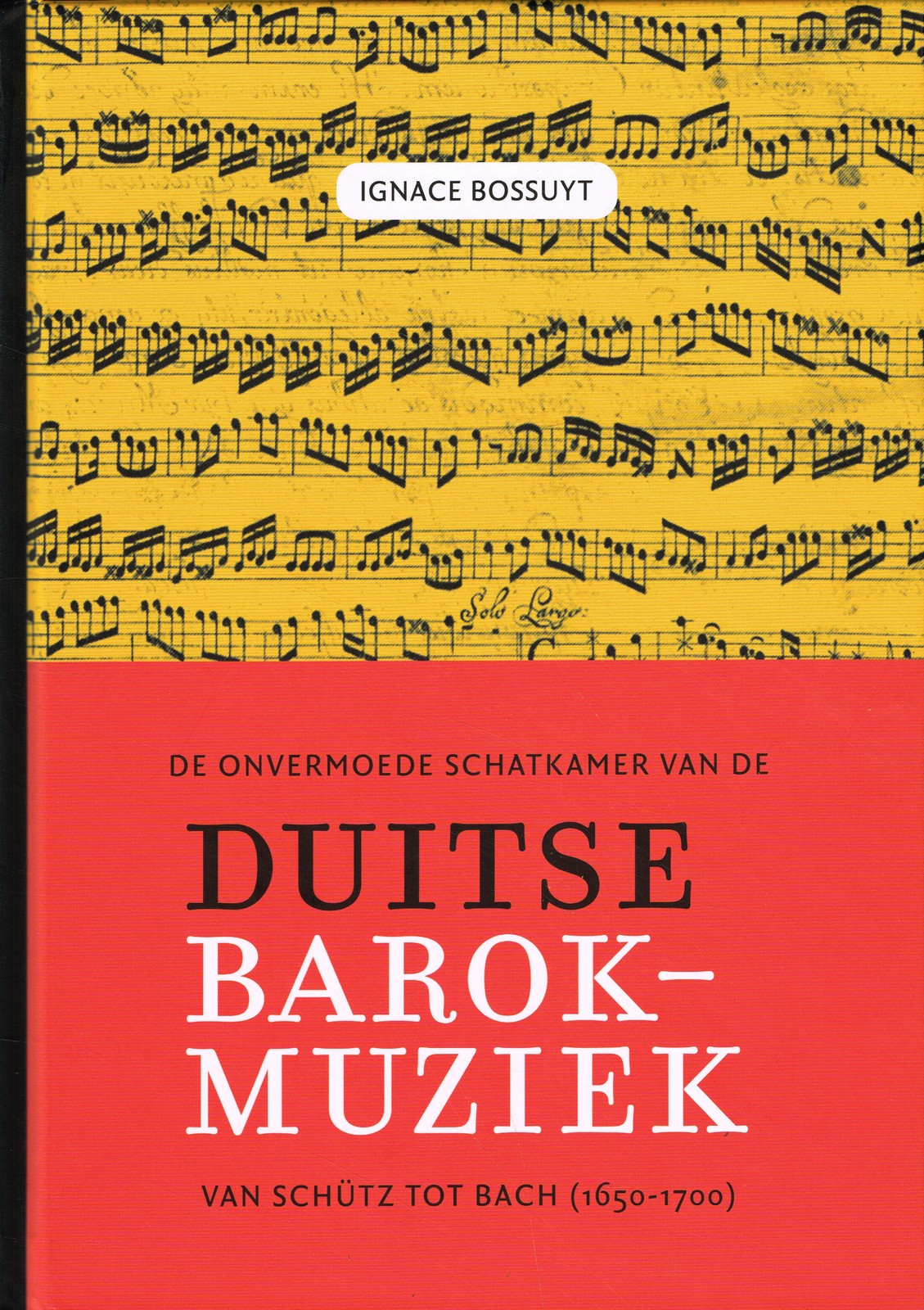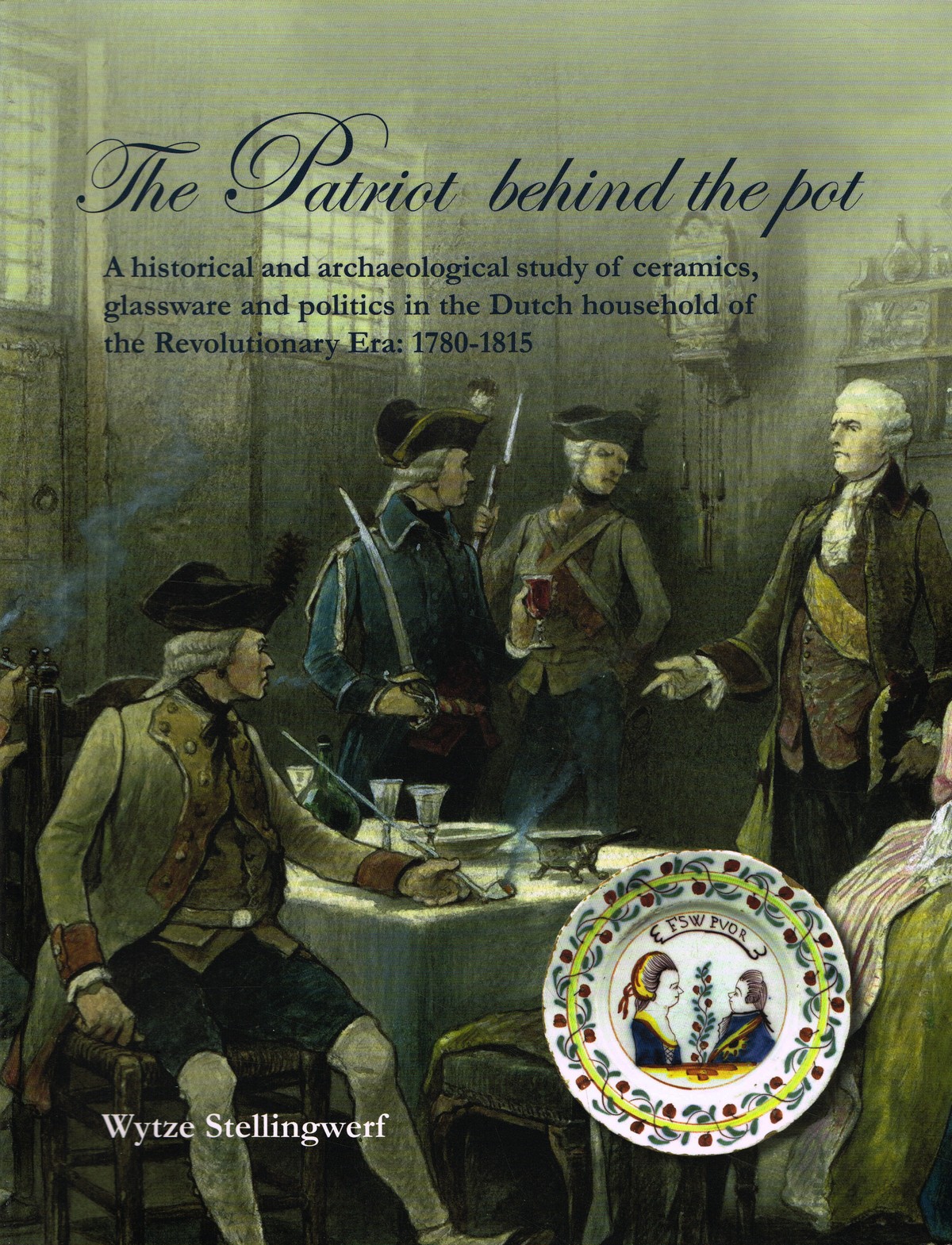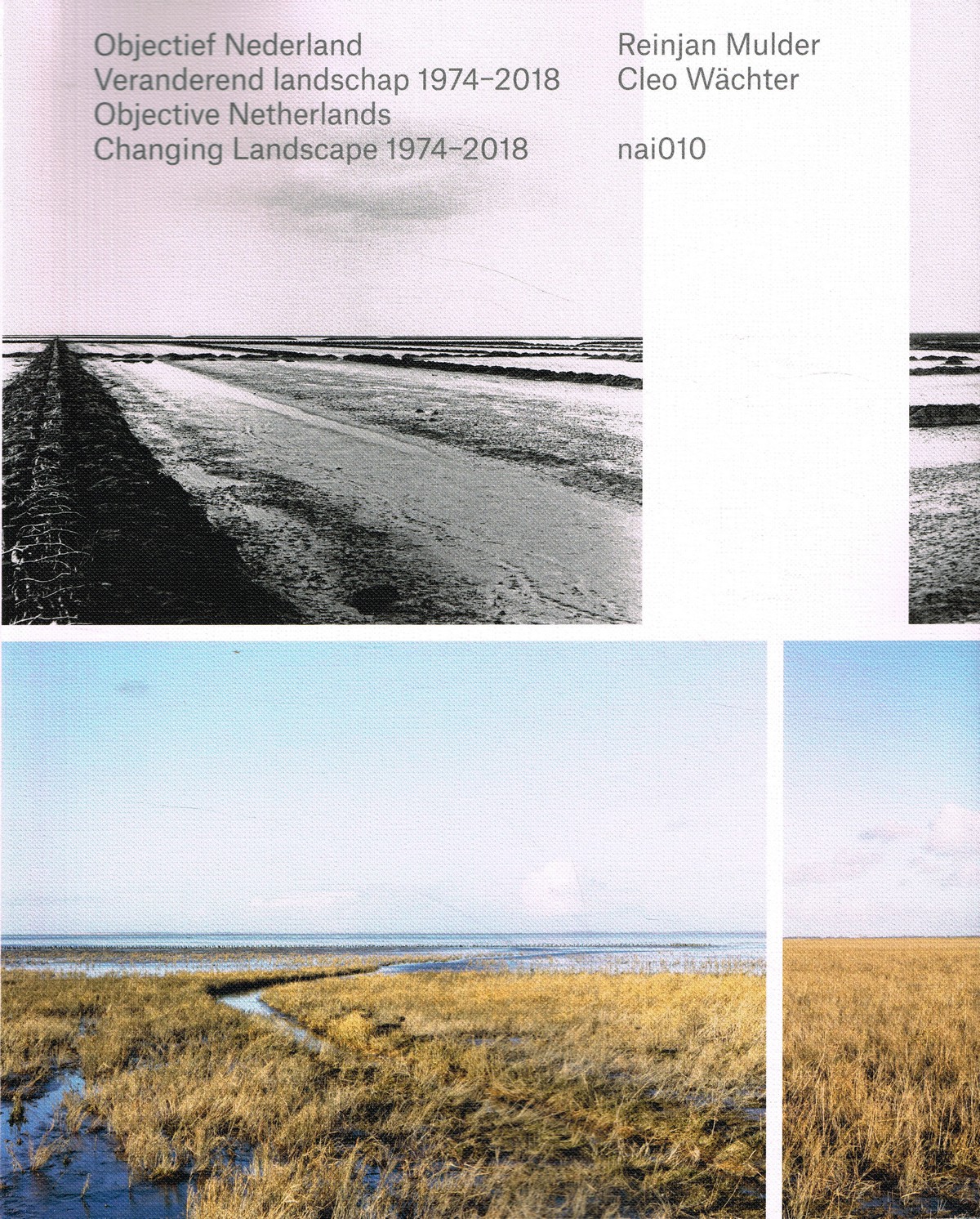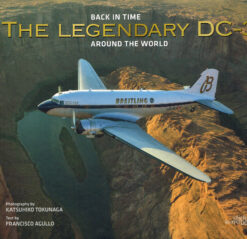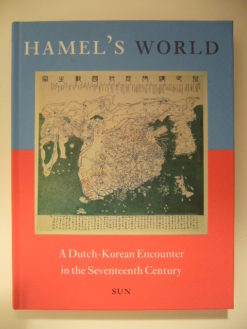Terug/Home/Webwinkel ramsj.nl /Kunst/Fotografie/The Standing Rock Portraits
Frank Bennett Fiske
The Standing Rock Portraits
Oorspronkelijke prijs was: € 25,99.€ 9,90Huidige prijs is: € 9,90.
For English see below- Meer dan honderd jaar geleden begon fotograaf Frank Bennett Fiske (1883-1952) met het fotograferen van leden van de Standing Rock Sioux in zijn studio in Fort Yates, North Dakota. Hij was 16 jaar oud toen hij de studio overnam van S.T. Fansler. De mannen en vrouwen die Fiske fotografeerde waren zijn vrienden en buren, indianen die al meer dan twintig jaar in dit reservaat woonden. Fiske heeft daar bijna zijn hele leven gewoond. De getoonde beelden zijn gemaakt met een grote studiocamera op glasplaatnegatieven en zijn verbluffend qua helderheid en compositie en zijn zelden in het openbaar gezien.De in Dakota geboren fotograaf en grafisch ontwerper Murray Lemley heeft een selectie van Fiske’s werk samengesteld zodat de wereld deze kan zien.- More than a hundred years ago, photographer Frank Bennett Fiske (1883-1952) began photographing members of the Standing Rock Sioux in his studio at Fort Yates, North Dakota. He was 16 years old when he took over the studio from S.T. Fansler. The men and women Fiske photographed were his friends and neighbors, Native Americans who had lived on this reservation for more than 20 years. Fiske lived there nearly all his life. Made with a large studio camera on glass plate negatives, the resulting images are stunning in their clarity and composition, and have rarely been seen in public. Dakota native, photographer and graphic designer Murray Lemley has curated a selection of Fiske’s work for the world to see. Engelstalig boek
